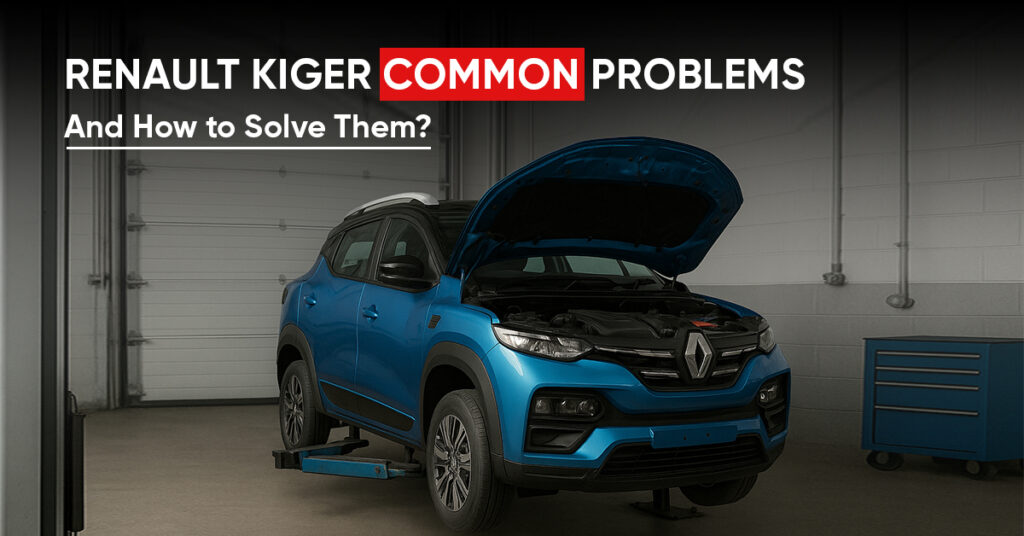The Renault Kiger came to the Indian subcompact SUV market, bringing something truly different, stylish and feature-packed. It combined the visual appeal of an SUV with an accessible price point, making it instantly famous among Indian consumers. However, like any mass-market vehicle kept and made according to a strict budget, the Kiger is also not without its flaws. While it delivers exceptional value and a surprisingly engaging drive, especially in the turbo-CVT variant, several owners reveal a set of recurring problems that prospective buyers should be aware of. Based on extensive owner reports, long-term tests, and expert reviews, here’s a deep dive into the Renault Kiger common problems.
A Dive into Renault Kiger Common Problems
1. Pump and Ethanol Related Problems
Arguably, the most serious and potentially dangerous reported Renault Kiger common problems revolve around the fuel delivery system, particularly the fuel pump.
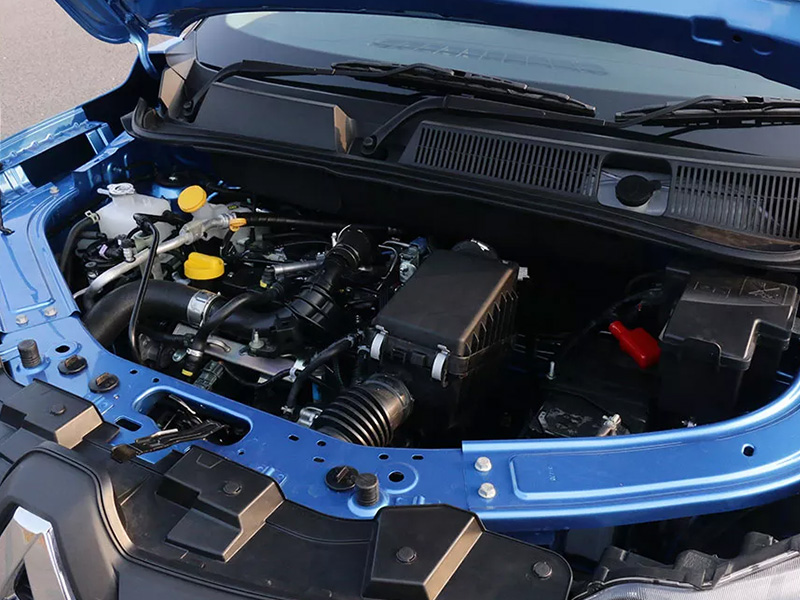
- Sudden Stalling & Breakdowns: Multiple owners, experience breakdowns where the car simply refused to start or stalled mid-journey, sometimes in dangerous situations like highways at night. And the diagnosis result repeatedly pointed to fuel pump failure or loose fuel pump couplers, even in very new vehicles (under 8 months and 5,000 km in one case).
- Ethanol Sensitivity: Another significant factor that causes these problems appears to be the Kiger’s compatibility with higher ethanol blends – E20+. Many cars, especially those manufactured before April 2023, were only rated for E10 fuel. The availability of petrol blended beyond E10 can lead to more wear and failure of fuel system components.
- Symptoms & Impact: Owners report symptoms like lack of power (especially when the AC is on), difficulty starting, and also complete failure. This not only causes huge problems and safety risks but also decreases trust in the vehicle’s reliability.
- Dealer Response Variability: Experiences with Renault’s after-sales service in resolving these critical issues have been mixed, ranging from warranty replacements to frustrating delays in diagnosis and bad resolution attempts.
Table: A Glance at one of the Renault Kiger common problem the Fuel System
| Problem | Symptoms | Potential Causes | Criticality |
| Fuel Pump Failure | Engine stalling, refusal to start, loss of power under load (e.g., with AC) | Component failure, Ethanol (E20+) corrosion/damage | High |
| Loose Fuel Couplers | Intermittent stalling, sudden loss of power | Improper installation during repair/manufacturing | High |
| Ethanol Sensitivity | Reduced performance, potential long-term damage to fuel system components | Use of fuel beyond the E10 rating in pre-April 2023 models | Medium-High |
2. High Power but Low Mileage
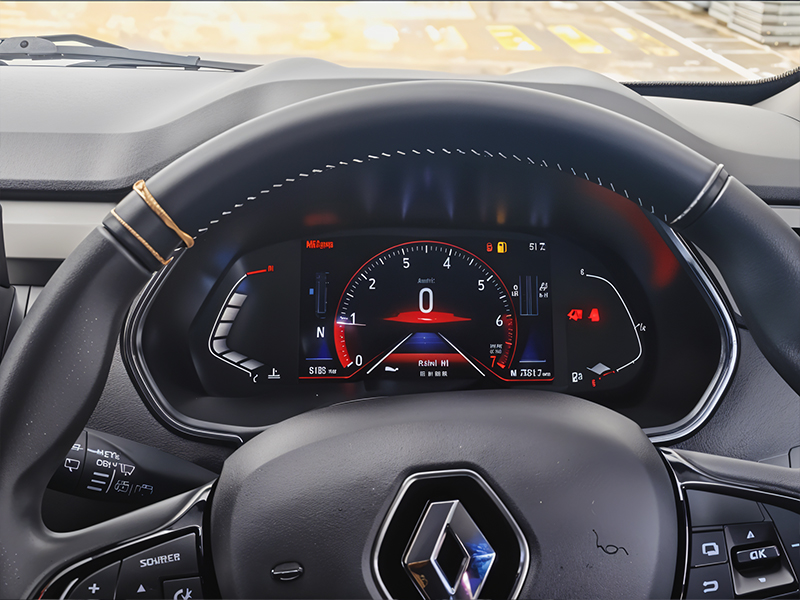
- Real-World Disappointment: While official figures suggest good mileage, owners continuously report numbers that are lower than expectations.
- Highway Figures: Long-term drivers report highway mileage typically ranges less with AC on and speed between 80-120 km/h, falling short as compared to the expected mileage.
- City Struggles: Urban efficiency is even more serious issue, often hovering between 8 km/l to 11 km/l. Autocar India’s long-term CVT recorded a dismal 7.4 km/l in city conditions.
- Driving Mode Dependence: While Eco mode exists to help, it’s often described as making the car frustratingly unresponsive. Sport mode unleashes performance but drastically dips efficiency. Normal mode offers the best compromise, but efficiency remains a common problem for the owners.
3. Noisy Cabin and Bad Interior Quality
Renault achieved the Kiger’s attractive price point partly through significant cost-cutting, most evident based on its interior quality of the cabin and sound insulation.
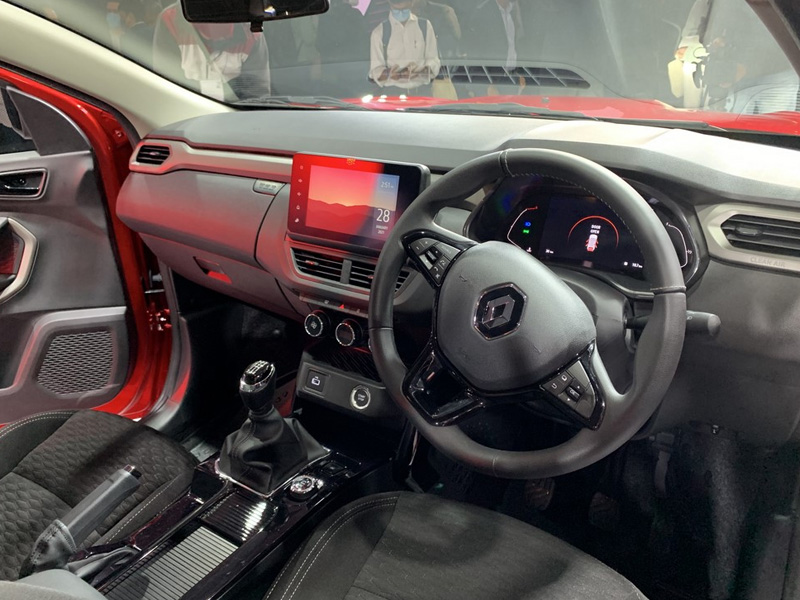
- Poor Cabin Padding: Road noise, tyre sound, and suspension thuds are clearly transmitted into the cabin, particularly on rough surfaces or bad roads. This creates an image of a weak build. Owners note that while the suspension itself handles bumps well, the noise makes it feel otherwise.
- Hard, Scratchy Plastics: The interior surfaces are dominated by hard, low quality plastics prone to scratching easily and continuous squeaks and rattles over time.
- The Owner’s Workaround: A piece of advice from a long-term owner: always drive with your music system turned on, and then you will enjoy the ride, highlighting just how intrusive the NVH (Noise, Vibration, Harshness) can be.
4. The Visibility Issues and AC Problems
Smaller, yet frequent, Renault Kiger common problems focus on visibility and climate control.
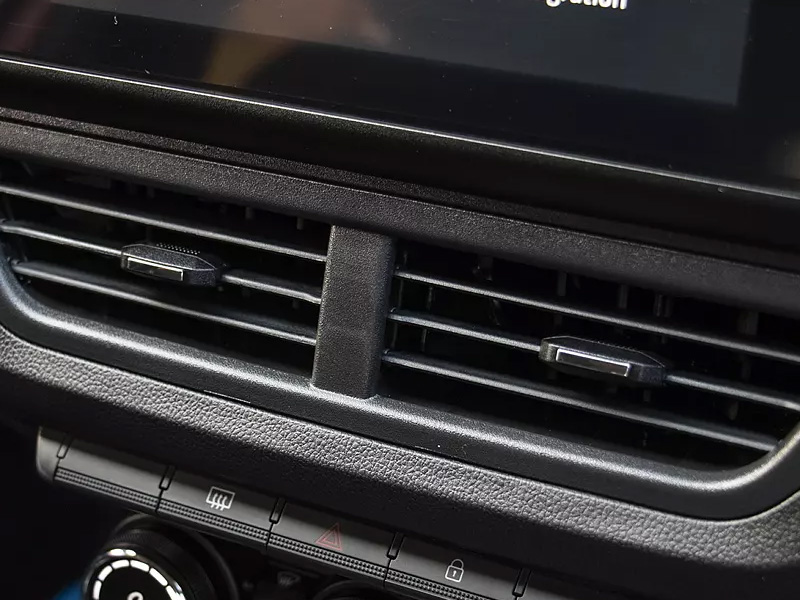
- Pillar Blind Spot: The relatively thick A-pillars create a significant blind spot, especially noticeable during sharp turns or at junctions. This problem increases if aftermarket wind visors are installed.
- Headlight Performance: The headlights offer adequate illumination if there are objects to reflect the light back (like street signs or barriers). However, on pitch-dark, open roads, the high beam spread and intensity are often found lacking, even after adjustments by service centres.
- AC Initial Cooling: While the AC is generally considered effective once the cabin cools down, some owners report it takes longer than expected to achieve initial cooling, especially in extreme heat.
You might find this interesting – Renault Kiger Safety Rating 2025: Is It Worth Your Trust?
How to Manage Renault Kiger Common Problems?
Knowing about the Renault Kiger common problems is half the battle. Here’s how owners manage or mitigate these issues:
- Fuel Vigilance is Key: For pre-April 2023 models, strictly use E10 fuel or lower. If E20 is unavoidable, minimising usage is a must. Report any fuel delivery symptoms (hesitation, hard starting, loss of power) to the service centre immediately under warranty. Insist on thorough checks of the pump and couplers.
- Manage Efficiency Expectations: Understand that the turbo-CVT is made to give a smooth and easy drive, not to save the most fuel. Use Normal mode as the default. Employ Eco mode carefully only on very open roads where performance isn’t critical. Gentle acceleration and anticipating traffic flow make the biggest difference.
- Pre-Purchase Inspection (Used Buyers) – If you’re considering a used Kiger, don’t just go by looks – demand a full service history with documented oil changes, filter swaps, and periodic checks; ask for a fuel system pressure test and scan for past error codes; take it over rough roads and listen for knocks or annoying cabin sounds, and while you’re at it, test every single switch, lock, camera, and AC setting because fixing electricals post-purchase is always a pain.
- Addressing Noise & Interiors – You can’t fully eliminate Kiger’s minor cabin creaks, but using a high-quality dashboard protectant and deep interior cleaner can reduce plastic-on-plastic squeaks slightly, and investing in heavy-duty rubber floor mats can help cut some of the road noise — although let’s be honest, most people just turn up the music and live with it.
- Headlight & Blind Spot Adaptation – If the stock headlamps feel dim, visit a trusted specialist to explore legal upgrade options like better bulbs that won’t fry the circuits, and when it comes to those tricky A-pillars, you’ll eventually start leaning forward at turns without even realising it.
- Leverage Warranty & Escalate – If your Kiger runs into mechanical or electrical issues — especially anything related to the fuel pump, sensors, or CVT gearbox — don’t let it slide, claim your warranty, get everything documented, and if your local dealer shrugs it off, escalate straight to Maruti regional teams because waiting it out usually just means the problem gets worse.
Know more about Kiger – Renault Most Expensive Car in India 2025: Renault Kiger
Table: Focus on these to avoid Renault Kiger Common Problems
| Component/Area | Critical Checks | Recommended Interval | Source of Concern |
| Fuel System | Pump operation, coupler security, fuel lines for leaks, error codes | Every Service / Symptom Arises | Stalling, Performance Loss |
| Engine Air Filter | Clogging, damage | Every 10,000 km or sooner | Efficiency, Throttle Response |
| Suspension | Bushings, shock absorbers, strut mounts for wear/leaks/noise | Every 10,000 km | Ride Comfort, Cabin Noise |
| AC System | Cooling performance, refrigerant level, and compressor function | Before Summer / Symptom Arises | Cabin Cooling |
Verdict on Renault Kiger Common Problems
The Renault Kiger is not a flawless vehicle, and comes with its own problems. The fuel system vulnerabilities, particularly in the context of India’s changing fuel landscape, are a significant concern. The mediocre real-world fuel economy of the turbo-CVT, the noisy cabin, and the interior quality are undeniable drawbacks born from its budget-focused engineering. However, context is crucial. For its price point (especially the sub-12L tag for the top-end CVT mentioned in reviews), the Kiger offers an unbeatable combination: a peppy turbo engine, a surprisingly good CVT, genuine SUV styling, spacious interiors, and a decent feature set (improved further with the 2025 update adding more standard kit ). Its ride and handling balance is also frequently praised.
As one long-term reviewer aptly summarised: Overall, drawbacks aside the whole experience of driving/travelling in Kiger is very good and the car is worth every penny. For 12L, it’s the most VFM you can get. This is the best automatic car you can get at this price point.
What’s Next From Renault?
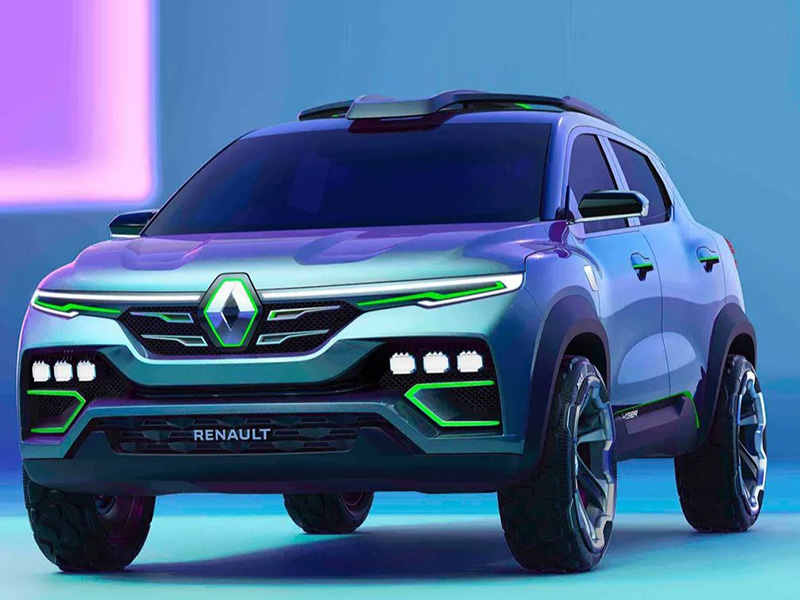
Renault is getting ready for a next-generation Kiger, in the second half or the end of 2025. This gives Renault an opportunity to work on the common problems and potentially offer hybrid options for better efficiency. Until then, the current Kiger remains a compelling but slightly flawed gem. Buyers must enter ownership with eyes wide open to the common problems of the Renault Kiger, prepared for proactive maintenance and managing expectations around refinement and efficiency, to truly appreciate its significant strengths and undeniable value proposition.
Get to know about Renault Cars in India – Renault Cars in India 2025: A Survival Story
FAQ’s
1. What is the disadvantage of Renault Kiger?
The Kiger struggles with fuel pump issues, poor cabin insulation, and low mileage in city driving. Interior quality also feels cheap due to cost-cutting.
2. Why are people not buying Kiger?
Frequent reliability complaints, especially stalling and fuel system failures, have made buyers cautious. Poor mileage and average service experience also affect trust.
3. Is Kiger a flop car?
No, it’s not a flop but it’s not a big hit either. It started strong but lost the competition in the long run due to recurring problems and tough competition.
4. Is Kiger worth buying?
Yes, if you want SUV looks, good performance, and a budget-friendly CVT. But you should know the demerits of Kiger as well, which are average mileage and inferior build quality, especially the interior.

